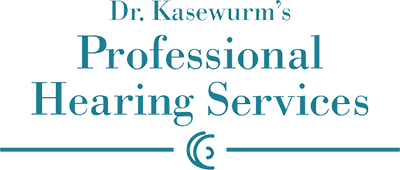
A loud workplace isn’t all that great for your ears (or your focus, for that matter). Even modest noise, when experienced for eight hours a day, can start to undermine the health of your hearing. That’s why it’s really smart to begin asking questions like, “what level of hearing protection should I use”?
It isn’t common knowledge that several levels of hearing protection are available. But it seems logical when you stop to think about it. A truck driver won’t require the same level of protection that a jet engine mechanic will.
Levels of Hearing Damage
The basic rule of thumb is that 85 decibels (dB) of sound can start harming your ears. We aren’t really used to considering sound in decibels (even though that’s how we calculate sound – it’s just not a figure we’re used to putting into context).
Eighty-five decibels is approximately how loud city traffic is when you’re driving your car. That isn’t a big deal, right? Wrong, it’s a big deal. It becomes a big deal after several hours. Because it’s not just the loudness of the noise that you need to be aware of, it’s how long you’re exposed.
Typical Danger Zones
It’s time to think about hearing protection if you are exposed to noise at 85 dB or more for 8 hour days. But that isn’t the only threshold you need to be aware of. If you’re exposed to:
- 90 dB (e.g., lawnmower): injury will start to occur to your hearing if you’re exposed to this level of noise for 4 hours a day.
- 100 dB (e.g., power tools): Anything above one hour will be damaging to your hearing.
- 110 dB (e.g., leaf blower): Anything over fifteen minutes is considered harmful to your hearing.
- 120 dB (e.g., rock concert): Any exposure can cause damage to your ears.
- 140 dB (e.g., jet engine): Any exposure can lead to damage and could even cause instant pain.
You’ll want the ear protection you wear to be sufficient to bring the decibel level below that 85 dB level, particularly if you’re exposed to those noises for any duration.
Make Sure Your Hearing Protection Fits Comfortably
The effectiveness of hearing protection is measured by something called a Noise Reduction Rate, or NRR. The higher the NRR, the quieter your world will become (temporarily).
It’s very important that you pick hearing protection with a high enough NRR to effectively protect your hearing (and your workplace will usually make guidelines about what level will be appropriate).
But there’s another factor to think about as well: comfort. It turns out, comfort is incredibly significant to keeping your ears healthy. Why? Because if your hearing protection is uncomfortable, you’re not going to wear it.
What Are my Hearing Protection Choices?
There Are Basically Three Options:
- In-ear earplugs
- Earplugs that stay just outside of the ear canal.
- Earmuffs.
There are benefits and drawbacks to each type of protection, but personal preference is often the deciding factor. Earmuffs are the best option for individuals whose ears are irritated by earplugs. Other individuals might value the leave-them-in-and-forget-them strategy of earplugs (of course, at the end of the workday you should take them out for a good cleaning).
Find a Consistent Level of Hearing Protection
Comfort is significant because any lapse in your hearing protection can result in damage. If you remove your earmuffs for ten minutes because they’re heavy and scratchy, your ears can suffer over the long run. So the most important decision you can make is to choose hearing protection that you’re comfortable leaving in place during your workday.
You’re ears will stay healthier and happier if you choose the correct degree of hearing protection for your circumstance.
Call Today to Set Up an Appointment
References
https://www.cdc.gov/nceh/hearing_loss/what_noises_cause_hearing_loss.html

